Imagine the despair in knowing that the hope for reduced energy bills, new jobs and revitalized economies promised to native communities is now frozen and endangered by bureaucracy.
In a historic effort, Indigenized Energy and the newly established Tribal Renewable Energy Coalition (T-REC), was poised to reshape the energy landscape for Native communities across the northern plains. Their ambitious project titled “Northern Plains Tribal Solar for All” program awarded under the EPA’s Solar for All program promised not only to power homes with solar energy, but to rekindle the economies of some of America’s most disadvantaged communities.
As the most economically disadvantaged group in the United States, native communities are ten times more likely to live without electricity, and 75% of tribal communities experience crippling energy costs, with energy costs well above the national average. Unfortunately, the ray of hope created by the Solar for All effort now flickers in the shadow of uncertainty due to the sudden pause in federal funding.
Having grown up on the Standing Rock Reservation, I’ve experienced firsthand the devastating impacts of being in a community stripped of its resources and facing stark inequities. Over 40% of my brothers and sisters live below the poverty line. Unemployment is over 50%. Our struggle intensified during the North Dakota Access Pipeline protests, which clarified for me the dire need for sustainable, tribal-led and controlled energy solutions. This deeply personal experience fueled my drive to form Indigenized Energy, a native-led, non-profit organization committed to empowering tribes to harness renewable energy, ensuring their right to energy sovereignty, and rebuilding economically sustainable communities.
The Solar for All program was revolutionary from the start. It recognized that solar energy and the ability to finance it are unaffordable in places where needed most. The program smartly couples funds for solar lending with investments in viable energy projects including solar panels, energy storage, and necessary home upgrades to safely house these technologies. Most importantly, it creates a chance for native communities to benefit from solar energy financing for the first time. It brought hope that native households could save money and be less vulnerable to the frequent power outages. It also emphasized the value of workforce development so local community members could better access the thousands of jobs being created by the energy projects in their own communities and beyond.
(Read: “Indigenized energy completes Solar for All projects”)
The proposal by T-REC and Indigenized Energy stood out as a blueprint for innovation and integration. Our approach is designed to ensure that solar power benefits doesn’t just touch homes but transforms the economies in native communities. It highlights proven methods of workforce training with strategies for tribes to develop long term sustainable energy programs. Our goal is clear: to turn the tide on tribal economies by reducing the burden of energy costs in communities where every dollar saved on energy is a dollar that can feed a child, clothe a family or treat an illness.
The potential impact of these initiatives cannot be overstated. For the T-REC coalition of tribes across Montana, Wyoming, North Dakota, South Dakota and Wisconsin, the shift to sustainable energy sources is not just environmental policy—it is economic salvation. Many of our households targeted in the program plan are burdened by remote locations, intense cold, high winds and extreme heat. Energy bills often top $800 a month due to outdated housing and inefficiencies that sap warmth and waste power. This means that native homes on average regularly spend well over 30% of their income on energy.
However, just as tribal nations began to mobilize, hiring staff and laying the groundwork for a brighter future, the abrupt pause of the Solar for All program by the U.S. government cast a long shadow of instability and doubt over these critical efforts. This pause threatens not just the progress of the Solar for All initiative but the very stability of tribal economies poised for transformation. It is a breach of the trust that tribes placed in a program explicitly designed to uplift tribal communities.
This is a critical moment for action. We must rally support to ensure that the promise of the Solar for All program is fulfilled.
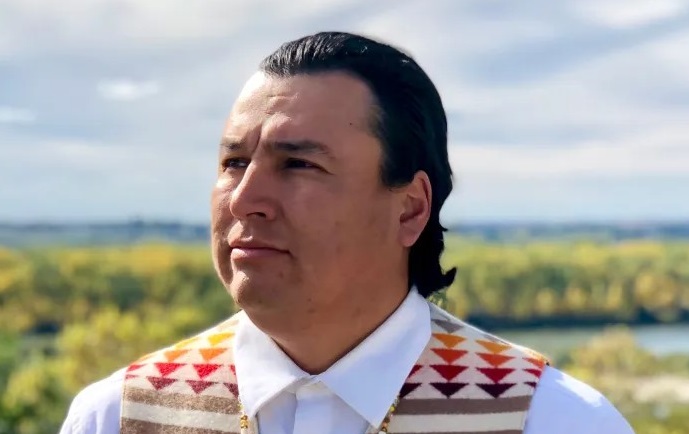
Cody Two Bears is a member of the Standing Rock Sioux Tribe and is CEO of Indigenized Energy, a company that is actively helping tribes develop long-term energy plans and pursue strategies that will enable a just transition to renewable energy. He created the largest solar farm in the State of North Dakota on Standing Rock in 2019, which now serves as an example for other tribes that it is possible to move away from fossil fuels.
The views and opinions expressed in this article are the author’s own, and do not necessarily reflect those held by pv magazine.
This content is protected by copyright and may not be reused. If you want to cooperate with us and would like to reuse some of our content, please contact: editors@pv-magazine.com.
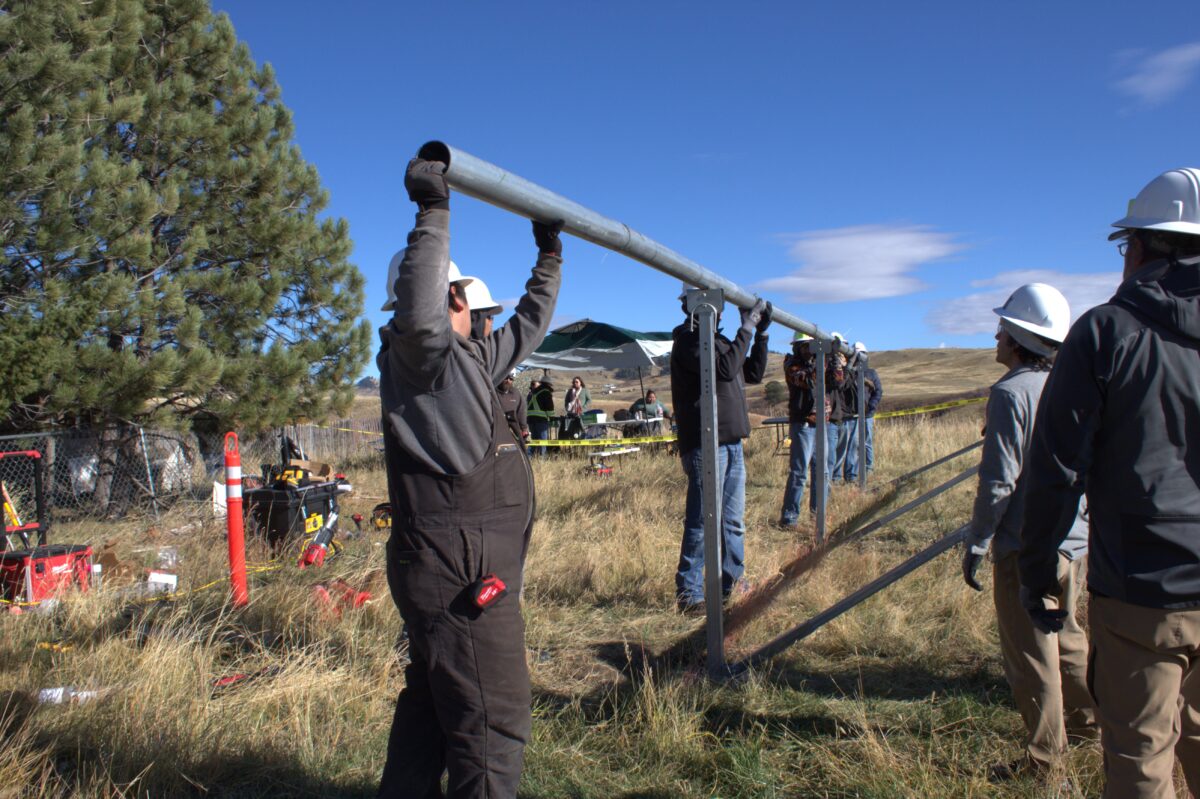
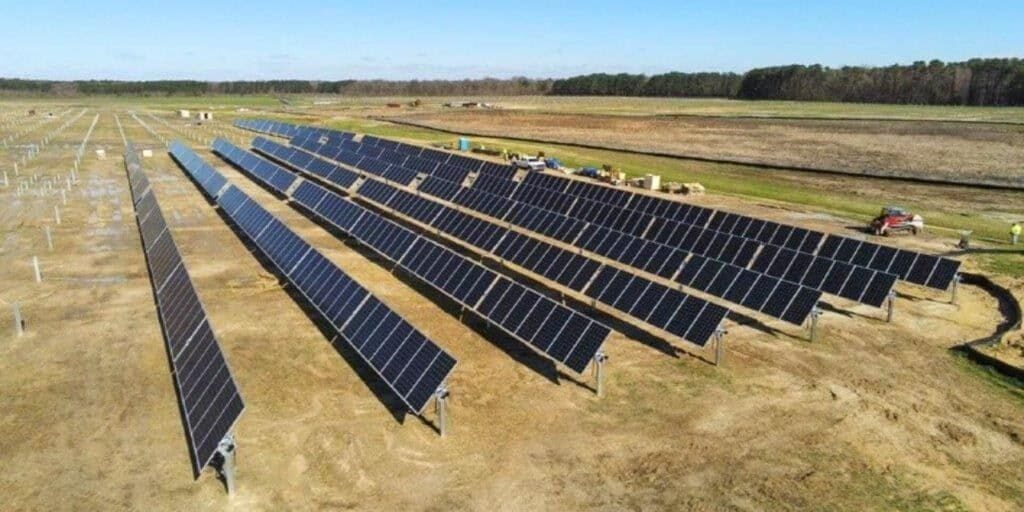

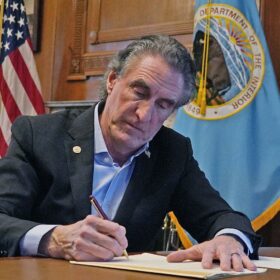
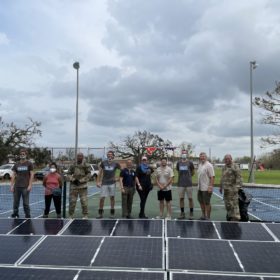
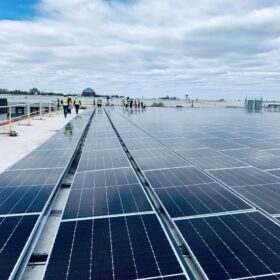
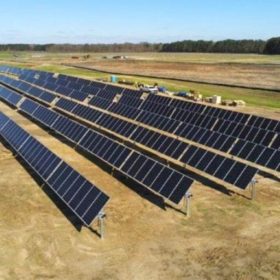
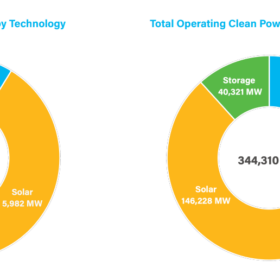
By submitting this form you agree to pv magazine using your data for the purposes of publishing your comment.
Your personal data will only be disclosed or otherwise transmitted to third parties for the purposes of spam filtering or if this is necessary for technical maintenance of the website. Any other transfer to third parties will not take place unless this is justified on the basis of applicable data protection regulations or if pv magazine is legally obliged to do so.
You may revoke this consent at any time with effect for the future, in which case your personal data will be deleted immediately. Otherwise, your data will be deleted if pv magazine has processed your request or the purpose of data storage is fulfilled.
Further information on data privacy can be found in our Data Protection Policy.